Rome Civitavecchia is the largest cruise port in the Mediterranean. Read here, how to make the most of your day trip to Rome or the beautiful beaches in the area.
Partner-Links helfen uns dabei, unsere Informationen kostenlos bereitzustellen. Für abgeschlossene Buchungen erhalten wir eine Provision – ohne Mehrkosten für Sie! Mehr
Partner links help us to provide our information free of charge. For completed bookings we receive a commission – at no extra cost to you! More
I link dei partner ci aiutano a fornire gratuitamente le nostre informazioni. Riceviamo una commissione per le prenotazioni completate, senza alcun costo aggiuntivo per voi! Di più
Civitavecchia
Civitavecchia is a typical port city. There isn’t much to see other than the harbor. The main destination of the crusaders is Rome, which is less than an hour away.
You are in the Etruscan territory. Etruscan traces can be found north and south of Civitavecchia. Not far away is the Bracciano Lake with the Castello Odescalchi and the Italian Aviation Museum. In the south of Rome lies the volcanic lake Lago di Albano, above which the summer residence of the Popes in Castel Gandolfo rises. Further east in Umbria is Assisi, with the Basilica of St. Francis.
If you already know Rome and don’t want to go far, you can also spend a day in the surroundings or at the beach.
The cruise terminal
The terminal for the cruise ships is the “Molo Grimaldi”. Many cruise ships are often moored here at the same time. The ships usually arrive in the morning and continue in the evening.
The walk to the exit of the port is long, but there is a shuttle bus to Forte Michelangelo and Largo della Pace. Private taxis will pick you up directly from the ship.
From Forte Michelangelo you can get to the city promenade and the train station, and buses to Rome leave from Largo della Pace.
Day trips to Rome
There is a lot to see in Rome and your time is short. We therefore advise you to take a guided tour.
You can also book a shuttle bus or take the train and then organize yourself.
Train Civitavecchia – Rome
The train goes to Rome in around three quarters of an hour. Get off at Roma San Pietro for St. Peter’s Basilica and at Ostiense train station for the Colosseum. From there it is two stops by metro.
You have around six hours in Rome. That’s enough for a visit to the Colosseum and St. Peter’s Basilica if you have reserved priority access.
In between, depending on how well you are on foot, you can visit the Trevi Fountain, the Pantheon and Piazza Navona. You walk around 8 kilometers / 5 miles from San Pietro to the Colosseum. If you want to see the Spanish Steps, you have to add another two kilometers / 1 ¼ miles.
Other day trips
In the vicinity of Civitavecchia there are some other interesting destinations.
The Etruscans lived here before the Romans and in the city of Tarquinia an Etruscan necropolis and a museum can be visited.
The longest papal election in history took place in the city of Viterbo in northern Lazio from 1268-71. Finally the cardinals were locked up with bread and water in the papal palace and the roof was uncovered so that they were finally forced to take a decision. It was the first conclave to elect a Pope.
If you want to spend a day at the beach, take the train to Santa Severa or Ladispoli. In Santa Severa you can visit a castle from the 14th century. There is also an excellent fish restaurant, the Isola del Pescatore. Make a reservation. In Ladispoli are various bathing establishments with restaurants. Just outside is the medieval defense tower Torre Flavia on the edge of a protected marshland.
Getting there
Civitavecchia is a good starting point for your Mediterranean cruise or for a ferry ride to various destinations in the Mediterranean. The distance to the port of Civitavecchia from the center of Rome is 76 km / 47 miles. Rome Fiumcino Airport is 70km / 44 miles away, Rome Ciampino 90km / 56 miles. The connection to this largest airport system in Italy means that the port is easily and inexpensively connected to the whole world by air.
The ferry port is called the “Highway of the Sea”. There are regular services to Sardinia, Palermo, Barcelona and Tunisia.
Flight and train
A fixed price of € 120 applies to the journey from Fiumicino Airport to the port of Civitavecchia. All other journeys are billed according to the taximeter. It may therefore be cheaper to reserve a driver service.
From Fiumicino you can also take the train to Civitavecchia. You take the regional train and change at Trastevere. From Genoa a very picturesque route leads along the coast via Pisa to Civitavecchia and on to Rome.
Arriving by car
From Rome take Via Aurelia or the Roma – Fiumicino motorway and then take the turnoff for Civitavecchia. Coming from the north, take the somewhat bumpy country road along the coast from Pisa. Another scenic route leads from Florence via Siena and Grossetto to Civitavecchia. There are many speed controls on both routes.
The closest car park to the cruise terminal is Parcheggio Bramante.
History of Civitavecchia
The port was built in the year 106 at the request of Roman Emperor Trajan. He was also the founder of the city, then called Centumcellae. The purpose of the port was to ensure the food supply of Rome through a second safe port.
The port was designed by the architect Apollodoro of Damascus and consisted of an almost round, approximately a third mile large basin with two piers, a dam and an artificial island built into the sea, and was surmounted by four towers.
Remains of a tower are still visible on the pier, which is called “il bicchiere”. Opposite is the tower “del Lazzaretto”, which was built there on the site of the ancient tower. The other two towers today no longer exists.
The ancient harbour basin is supplied with fresh water through an underground tunnel system, that still works.
After the fall of the Roman Empire, the port lost its importance until it came under the control of the popes in the 15th century. The still existing Forte Michelangelo was completed in 1537. In the year 1608, a lighthouse was added, which was destroyed in the second world war. Other buildings of the Popes are the Porta Livorno from the year 1679 and the fountain Fontana Vanvitelli constructed in 1743.
Above the Porta Livorno is the statue of the Japanese samurai and Ambassador Hasekura Tsunenaga. He handed over a valuable letter to Pope Leo V in the November 1615 with the proposal for a trade agreement between Japan and Mexico and the invitation to send missionaries to Japan. His mission from Japan to Mexico to Europe and back took almost seven years from October 1613 to August 1620 with several stops.
At the end of the First World War, the port served for the post service with airboats to Sardinia.
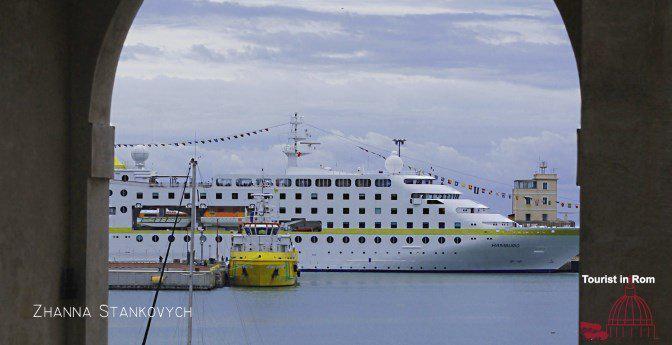

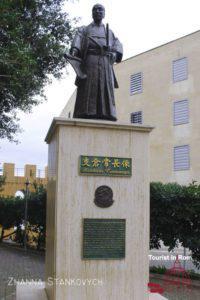
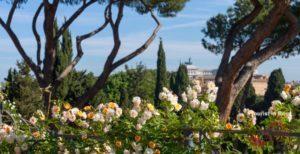
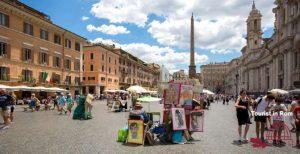
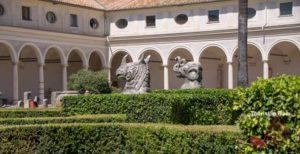
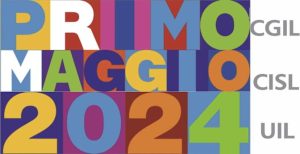
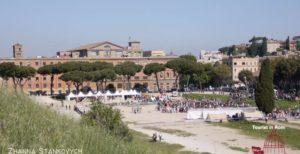

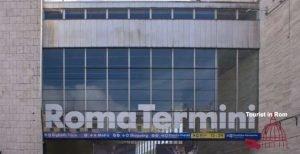
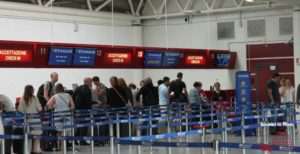
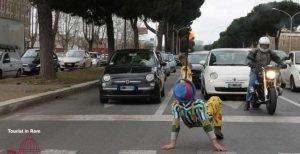
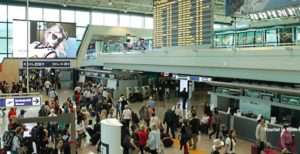
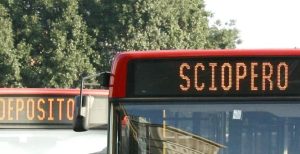
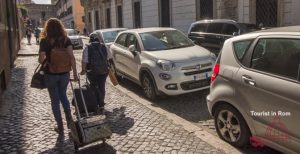
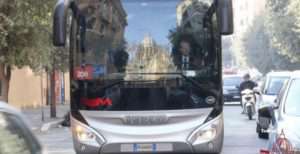
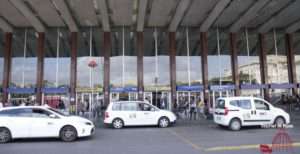
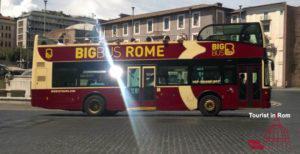
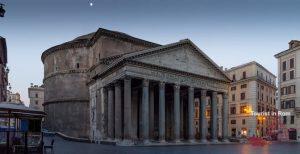
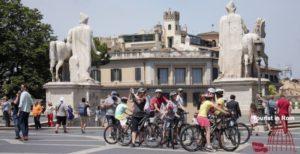
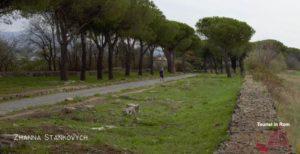
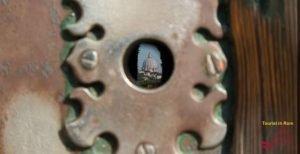
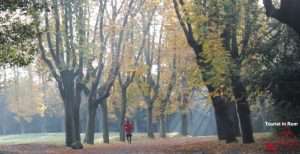
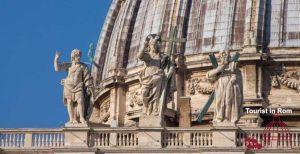
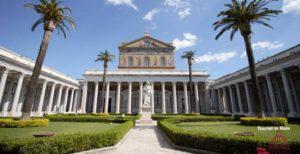
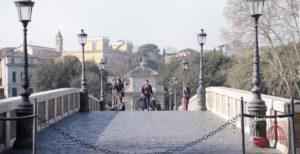
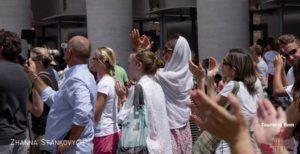
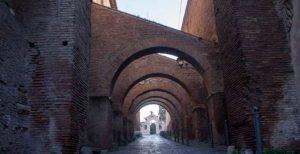
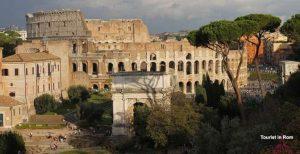
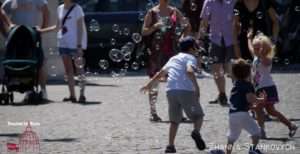
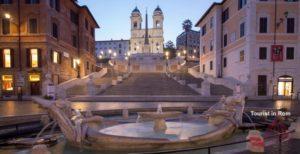
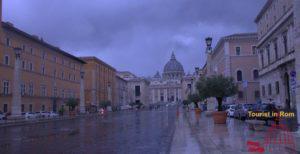
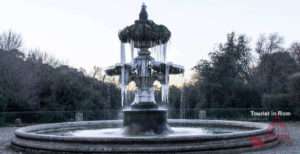
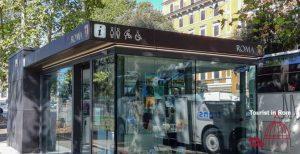
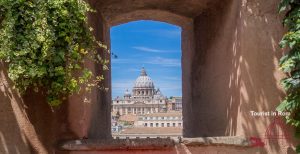
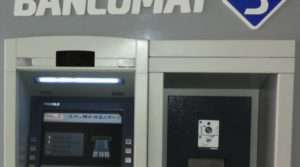
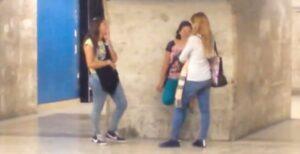
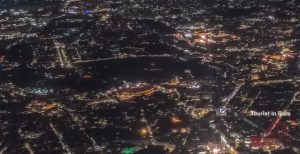
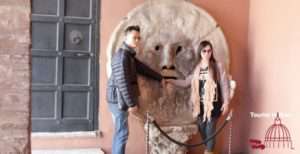
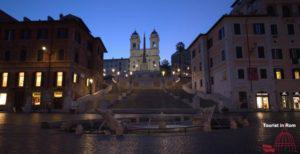
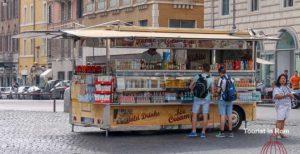
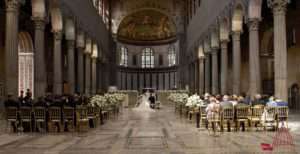
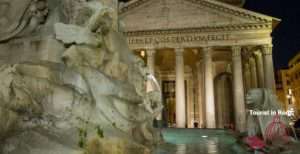
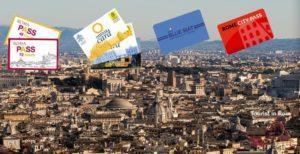
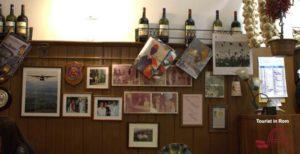
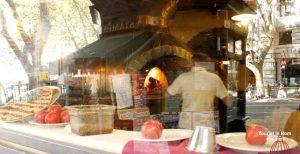
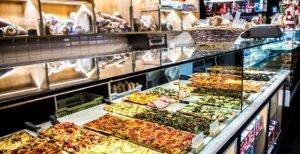
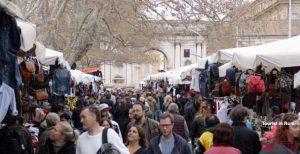
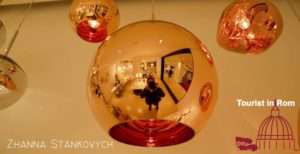
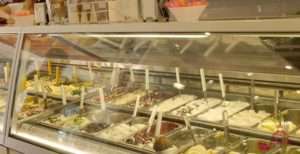

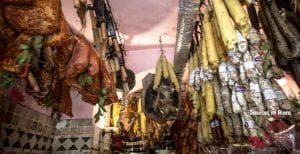
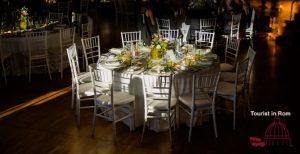
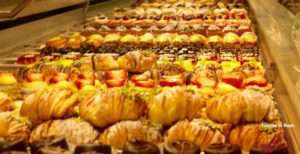
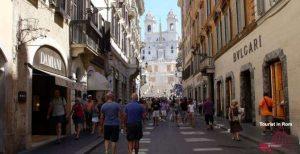
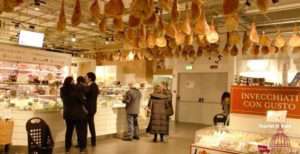
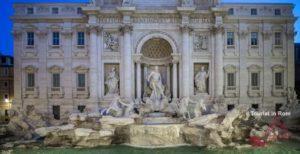
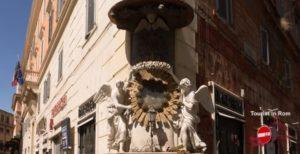
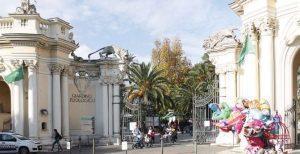
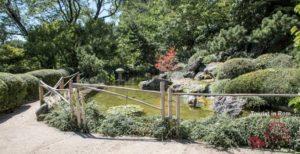
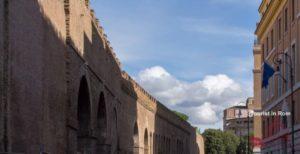
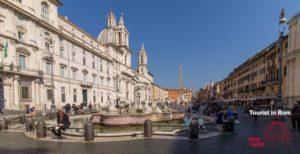
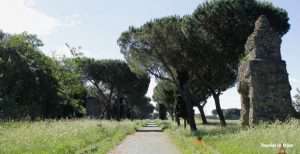

Hello
We would greatly appreciate it if you give us info as follows-
WE two Canadian seniors arrive getting off the Holland ship on Oct.,2019. Please advise us which is the best /reasonable way to get to Trevi Luxry Rooms?
Please e mail your ideas on this which will be very helpful
Hello,
As your destination at the Trevi Fountain is difficult to reach by public transport from the port of Civitavecchia, I would recommend a private transport. With this Civitavecchia transfer you pay less than by taxi and it offers a door to door service.
Please also read our page about Civitavecchia Transfer.